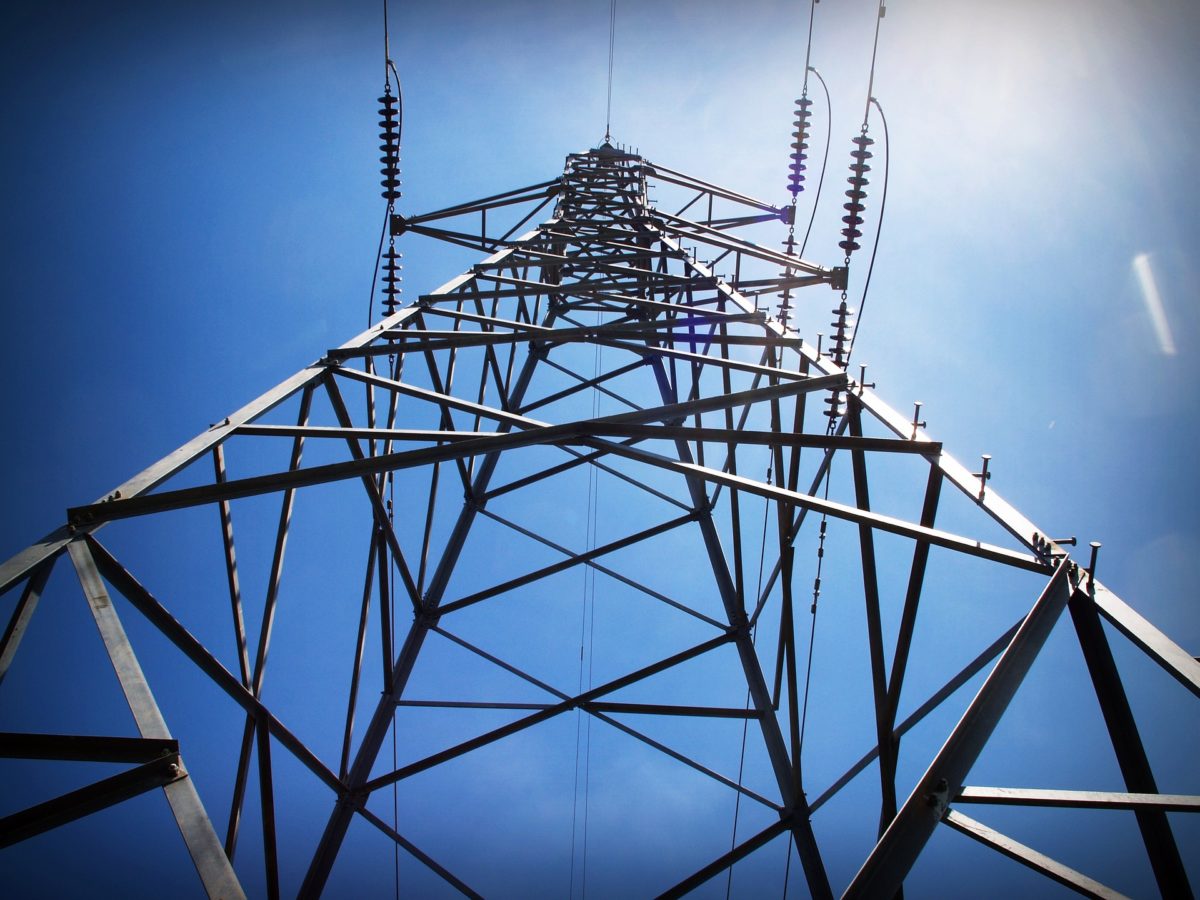California utilities would need to spend up to $50 billion on power distribution assets by 2035 to accommodate a high level of distributed energy resources, including electric vehicles and electric heating in buildings, if those resources were unmanaged.
That’s the finding of a Phase 1 study conducted by power software and consultancy Kevala, Inc. for the California Public Utilities Commission, to support the CPUC’s High Distributed Energy Resources (High DER) Grid Planning Rulemaking.
The CPUC said in a cover sheet to the study that “it should be noted” that the study estimates the potential costs of meeting infrastructure needs “exclusively with distribution assets, without considering new real-time dynamic rates and flexible load management strategies.”
The CPUC is pursuing dynamic rates that would increase load flexibility, under a separate rulemaking process.
Kevala proposed to assess in a follow-up Phase 2 study “programmatic enhancements” such as time-of-use rate structures, advanced DER controls, flexible load management, and managed DER growth, among other topics.
The study said that higher peak load due to electrification is the “primary driver” of the modeled need for grid capacity upgrades, which suggests that managing the increase in peak load could limit the distribution grid upgrade costs.
Other findings highlighted by Kevala included:
- The system-level unmanaged peak load would increase an average of 56% by 2035 across California’s three largest utilities in the “high transportation electrification” scenarios, primarily due to demand from light-duty vehicles.
- Both of the “high transportation electrification” scenarios with unmanaged loads would result in “almost doubling the current rate of spend” reported by California’s three largest utilities for capacity requirements related to feeders, transformer banks, and substations.
- Secondary transformer and service upgrades alone are “a non-negligible contribution” to the total grid capacity upgrade costs, making up about $15 billion of the $50 billion maximum total cost with unmanaged loads.
- The percentage of feeders reaching full capacity with unmanaged load would reach up to 22% to 48% across the state’s three largest utilities.
Kevala’s study also made four recommendations for improving the distribution system planning process.
The CPUC Energy Division staff is conducting a stakeholder review process that will invite formal comments on the Part 1 study and the scope of the forthcoming Part 2 study, Kevala reported.
The CPUC said in its cover sheet “it is critical that we receive stakeholder participation” in reviewing the study, including the study’s proposals for future iterations.
Kevala said California’s three large investor-owned utilities provided “voluminous datasets” that enabled it to perform “high-resolution modeling at a scale not achieved before for the State of California.”
The CPUC said the study is “a starting point to open the discussion on how to reimagine distribution grid planning” for the 21st century “and consider the design and implementation of the distribution system needed to accommodate a High DER grid future.”
This content is protected by copyright and may not be reused. If you want to cooperate with us and would like to reuse some of our content, please contact: editors@pv-magazine.com.








By submitting this form you agree to pv magazine using your data for the purposes of publishing your comment.
Your personal data will only be disclosed or otherwise transmitted to third parties for the purposes of spam filtering or if this is necessary for technical maintenance of the website. Any other transfer to third parties will not take place unless this is justified on the basis of applicable data protection regulations or if pv magazine is legally obliged to do so.
You may revoke this consent at any time with effect for the future, in which case your personal data will be deleted immediately. Otherwise, your data will be deleted if pv magazine has processed your request or the purpose of data storage is fulfilled.
Further information on data privacy can be found in our Data Protection Policy.